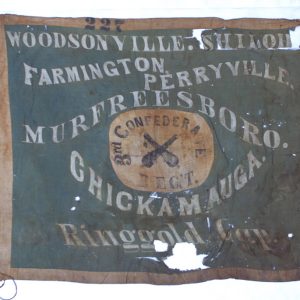 Third Arkansas Infantry Flag
Third Arkansas Infantry Flag
Entry Type: Thing
 Third Arkansas Infantry Flag
Third Arkansas Infantry Flag
 Thirteen Albatrosses by Donald Harington
Thirteen Albatrosses by Donald Harington
 This Plane Is Heaven Bound by Eddie Lee Kendrick
This Plane Is Heaven Bound by Eddie Lee Kendrick
This Scorched Earth
Thomas R. McGuire House
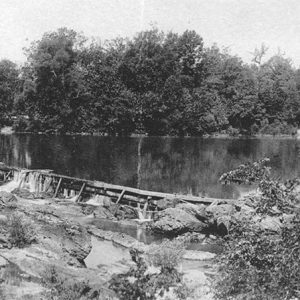 Thornton Dam
Thornton Dam
 Thought
Thought
 Thousand Steps
Thousand Steps
Three for the Road
 Three-toed Amphiuma
Three-toed Amphiuma
Thrips
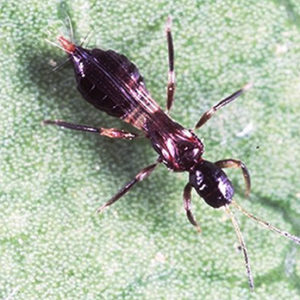 Thrips
Thrips
 "Through Countless Halls of Air," Composed by Francis McBeth
"Through Countless Halls of Air," Composed by Francis McBeth
Tickborne Diseases
 Tickborne Diseases Examples
Tickborne Diseases Examples
 Ticket from World Series with Lou Brock
Ticket from World Series with Lou Brock
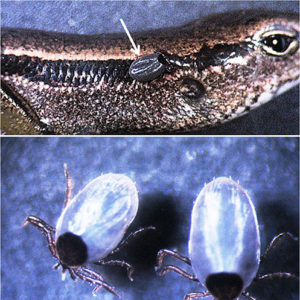 Ticks
Ticks
Ticks
 Tideswell Graveyard
Tideswell Graveyard
 Tiger
Tiger
Timber Industry
 Timberfest Mural
Timberfest Mural
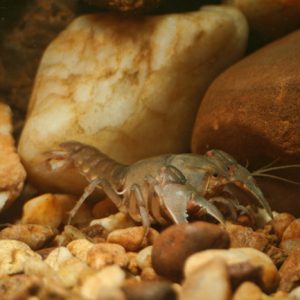 Timberlands Burrowing Crayfish
Timberlands Burrowing Crayfish
Times Dispatch (Walnut Ridge)
 Frank Tinker's Fighter Plane
Frank Tinker's Fighter Plane
 Tinkle Pot
Tinkle Pot
 Tinkle Pot
Tinkle Pot
Tinkle Pot
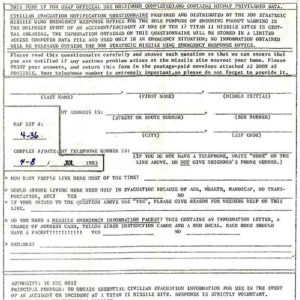 Titan II Evacuation Information Form
Titan II Evacuation Information Form
 Titan II Facility Entrance
Titan II Facility Entrance
Titan II ICBM Launch Complex Sites
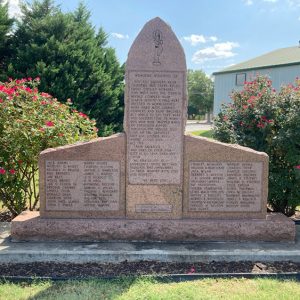 Titan II Memorial
Titan II Memorial
 Titan II Missile Complex
Titan II Missile Complex
 Titan II Missile Escape Hatch
Titan II Missile Escape Hatch
 Titan II Missile Launch
Titan II Missile Launch
 Titan II Missile Warhead
Titan II Missile Warhead
 Titan II Evacuation Letter
Titan II Evacuation Letter
 Titan Silo Construction
Titan Silo Construction
Titan II Missiles
 Titan II Section
Titan II Section
 Toad Suck Ferry Lock and Dam No. 8
Toad Suck Ferry Lock and Dam No. 8
Tobacco Settlement Proceeds Act of 2000
Tom Sawyer, Detective
Tomato Industry
 Three Sixes by Rosie Lee Tompkins
Three Sixes by Rosie Lee Tompkins
Tontitown Historical Museum
Topminnows
aka: Fundulids
aka: Killifishes
 Topminnows
Topminnows
 Topminnows
Topminnows
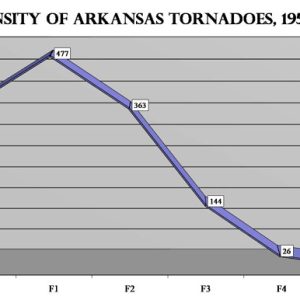 Tornado Intensity Graph
Tornado Intensity Graph




